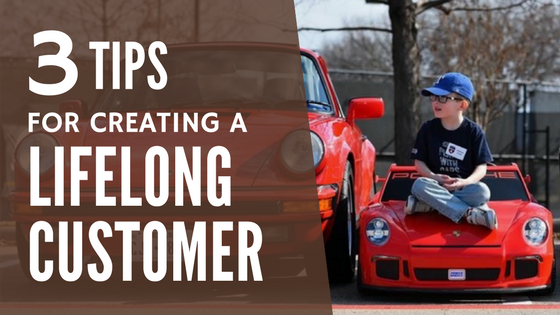3 Ways to Stand Out from the Herd
/In an effort to keep up with their competition, most companies dilute and devalue the point of difference that brought them to market in the first place.
Like a flock of birds that unconsciously follow in prefect formation, so do many industry trends. But why?
In today’s market, how do you truly differentiate?
My mom used to always say, “If your friend jumps off a cliff, are you going to as well?” and the response is obvious, “No way, that would be stupid.” Well, in business you would be surprised how this cliff-jumping mentality has crept into every category of product we buy wall-to-wall across the store.
Through flavor profiles, packaging sizes, pricing and formats, we want to be compared to others within our competitive set. Standing out raises too many questions and makes the purchase an effort. But isn’t that what the new consumers want today? A choice, with options that go beyond quality and price but also highlight a product’s purpose, mission and uniqueness? If so, then why all the mainstreaming?
It’s time to break through the clutter. Here are three ways we can transform lackluster brands into stand-out items on the shelf:
1. Remember where you came from and why.
We work with a lot of companies that launch products because of their love, passion and commitment. Some have recipes that were handed down from generation to generation. Others have inventions that are unique and solve a problem.
Companies need to remember their roots as a reminder of what prompted their products to begin with. That doesn’t mean that a product shouldn’t be innovated, improved or enhanced. But staying true to who you are will prevent your company from jumping on a bandwagon that doesn’t make sense for your brand.
2. Have purpose that people can relate to.
Even if your mission is just to create the best damn chocolate chip cookie ever, that needs to be clear to your customer. Decades ago, the Canadian supermarket chain Loblaws did just that. They aimed to deliver the best cookie anyone had ever had from a grocery store, which resulted in a decadent chocolate chip cookie that launched a loyalty that had never been seen in North American store brands before.
Today, store brands spend so much more time reacting than innovating. They want to meet national brand standards, but stop short of exceeding them. Why? At the end of the day, what do you build in equity and goodwill by always chasing?
3. Be bold!
The truth is, not everyone is going to like you. But guess what? There are over 200 million people in the US and if only 10% of those like you, that is ok. Often, those brands that take the biggest risks, who look ahead of the curve, they are the ones who will break out of the pack and become the standard that all others attempt to follow.
So, take a chance and make a difference! Play to your strengths, not your weaknesses. Stand up for the product or service you sell because it is differentiated, not because it compares well to others.
We all want to be special and not part of the herd. How does your brand differentiate?











